Employing the Limit Comparison Test to Analyze Series Convergence
The Limit Comparison Test is a technique used to determine whether a series converges or diverges by comparing it to another series with known behavior. You examine the ratio of the terms of both series as the terms approach infinity. If the ratio approaches a positive, finite number, both series will behave the same in terms of convergence. This test is particularly helpful when it’s difficult to directly analyze the series you’re working with, but you can find a simpler, comparable series to help conclude. For additional educational resources,. For additional educational resources U.S. Department of Education website.

The Limit Comparison Test is a method for determining the convergence or divergence of a series by comparing it to another series with known behavior. Given two series \(\sum a_n\) and \(\sum b_n\), the test involves finding the limit of the ratio of their terms as \(n\) approaches infinity: \(L = \lim_{n \to \infty} \frac{a_n}{b_n}\) Check out online math resources for more practice.
- If \(L\) is a positive, finite number, then both series will either converge or diverge together.
- If \(L = 0\) and \(\sum b_n\) converges, then \(\sum a_n\) also converges.
- If \(L = \infty\) and \(\sum b_n\) diverges, then \(\sum a_n\) also diverges.
The test is particularly useful when the terms of the series are complex or difficult to compare directly. It simplifies the process by relating the series to a known benchmark series, such as the p-series, for which convergence or divergence is already understood.
Here are two examples demonstrating the Limit Comparison Test:
1. Converging Series Example:
Series: \(\sum_{n=1}^{\infty} \frac{2^n}{n^3}\)
Comparison Series: \(\sum_{n=1}^{\infty} \frac{1}{n^3}\)
Apply the Limit Comparison Test:
- The terms of the given series \(\frac{2^n}{n^3}\) grow faster than \(\frac{1}{n^3}\), but the exponential factor makes the series grow rapidly.
- Calculate the limit of the ratio: \(\lim_{n \to \infty} \frac{\frac{2^n}{n^3}}{\frac{1}{n^3}} = \lim_{n \to \infty} 2^n \) This limit approaches infinity, meaning the series diverges because \( \sum \frac{1}{n^3} \) converges and we know the series grows more quickly than the comparison.
2. Diverging Series Example:
Series: \(\sum_{n=1}^{\infty} \frac{1}{n \sqrt{n}}\)
Comparison Series: \(\sum_{n=1}^{\infty} \frac{1}{n^{3/2}}\)
Apply the Limit Comparison Test:
- The given series has terms similar to \(\frac{1}{n^{3/2}}\) for large \(n\).
- Calculate the limit of the ratio: \(\lim_{n \to \infty} \frac{\frac{1}{n \sqrt{n}}}{\frac{1}{n^{3/2}}} = \lim_{n \to \infty} \frac{1}{1} = 1\)
- Since the limit is a positive finite number and \(\sum \frac{1}{n^{3/2}}\) converges (p-series with \(p = 3/2)\), the original series converges.
Frequently Asked Questions
How do I help my child prepare for the math test?
To effectively prepare your child for their math test, consider incorporating techniques such as the Limit Comparison Test, which can significantly improve their understanding of series convergence—a common topic in higher-level math. Start by explaining the concept using simple terms and then gradually introduce more complex problems. Additionally, providing them with a variety of resources can be very helpful. Explore our curated list of Top 10 Grade 3 Math Books Inspiring Young Mathematicians To Explore for foundational concepts and use our comprehensive Worksheets to practice and reinforce their skills. These resources offer structured guidance that can make learning more engaging and effective.
What math skills should my 3rd grader know?
By third grade, children should be comfortable with basic arithmetic—addition, subtraction, multiplication, and division. They should also understand the concepts of fractions, telling time, and the basics of measurement. Additionally, third-graders should be able to solve two-step word problems and begin working with basic geometry concepts like shapes and area. To support your child’s learning and make math fun, consider exploring some recommended resources such as Top 10 Grade 3 Math Books Inspiring Young Mathematicians To Explore and using Worksheets to practice these skills. These tools can help reinforce what they learn in class and foster a deeper understanding of math concepts.
How do you add and subtract mixed fractions?
To add or subtract mixed fractions, first convert each mixed fraction into an improper fraction. This involves multiplying the whole number part by the denominator of the fraction, then adding the numerator of the fraction to this product to form a new numerator, keeping the original denominator. Once all mixed fractions are converted, you can add or subtract the improper fractions as usual by finding a common denominator. Simplify the resulting fraction if possible. For more detailed steps and examples, you might find our guide on how to add and subtract fractions useful. This process is akin to employing methods like the Limit Comparison Test, where transforming the problem into a more manageable form (just as converting mixed to improper fractions) can simplify the analysis.
Related to This Article
More math articles
- Number Navigators: How to Select Pairs with Targeted Sums and Differences
- 6th Grade PSSA Math Practice Test Questions
- Using Number Line to Graph Percentages
- How Is the HiSET Test Scored?
- How to Find Length of a Vector
- 5th Grade MEAP Math FREE Sample Practice Questions
- How is the FTCE General Knowledge Test Scored?
- Top 5 Free Websites for Pre-Algebra Preparation
- 4th Grade WY-TOPP Math Worksheets: FREE & Printable
- How long are Praxis Scores valid?





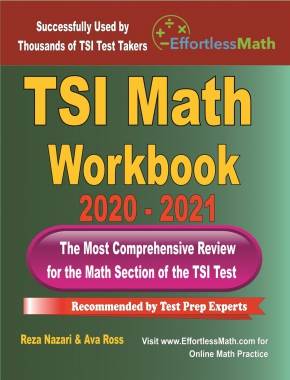

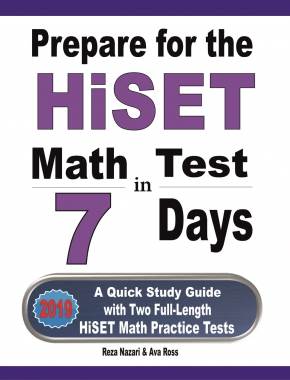
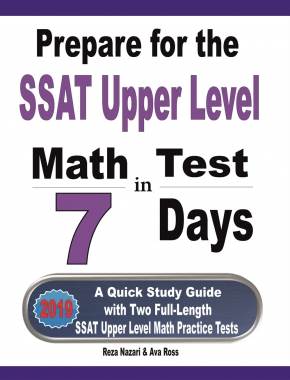

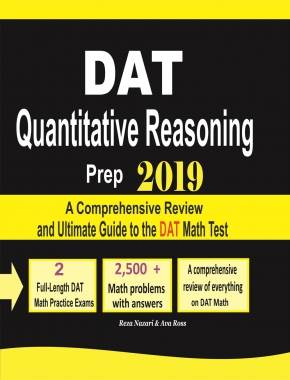
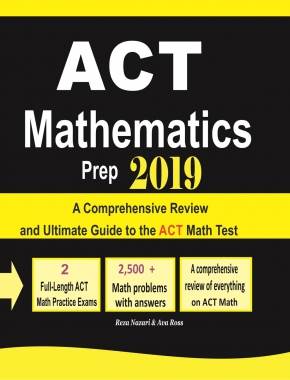
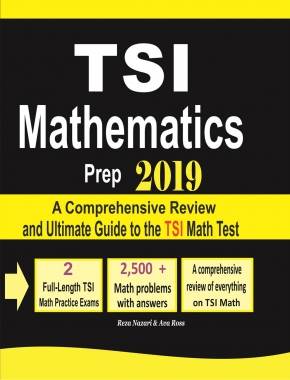













What people say about "Employing the Limit Comparison Test to Analyze Series Convergence - Effortless Math: We Help Students Learn to LOVE Mathematics"?
No one replied yet.